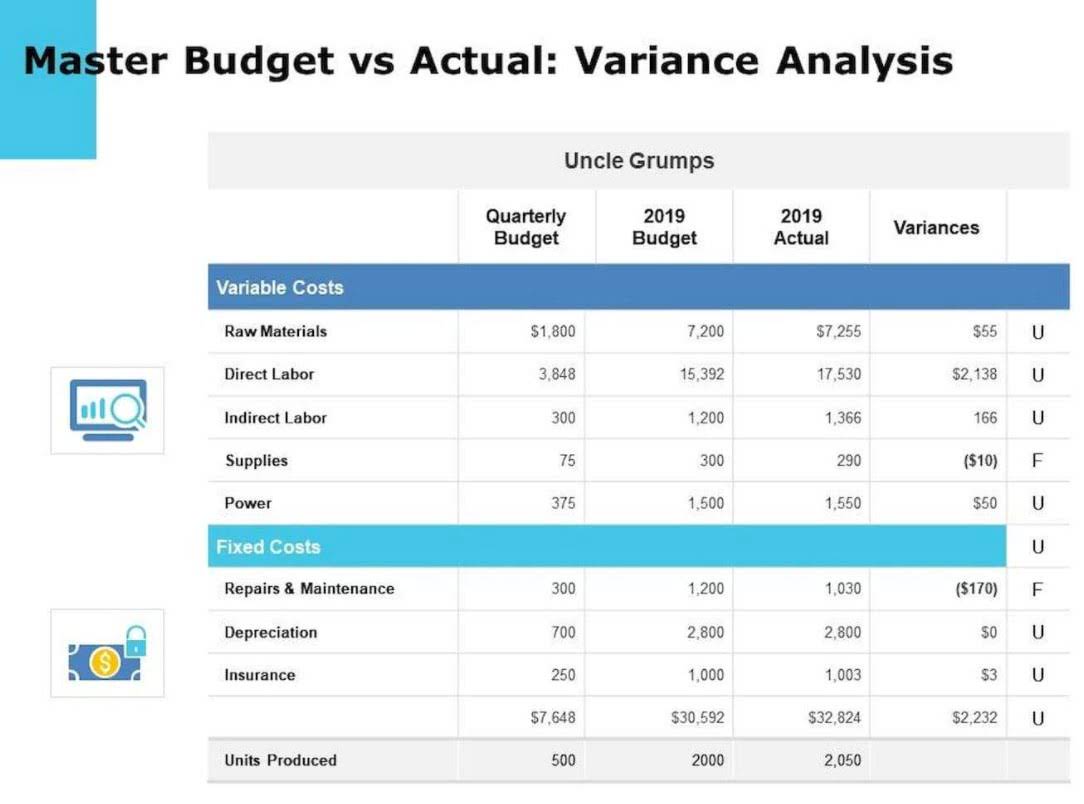
Hence, within a few days after an online sale takes place, Company A Suspense Account receives a bank deposit from the credit card processor. Company A is also allowed to pay its main supplier 30 days after receiving the supplier’s goods and invoice. If liquidity allows, negotiate “2/10 net 30” discounts and pay early only when the discount beats your cost of capital. Aligning cash inflows and outflows keeps working capital in your account (not the bank’s) and cushions short-term liquidity. When suppliers demand net 30 payment but customers routinely pay in 45 days, you become the bank.
Accounting basics that will help your business grow better

For these calculations we will assume that the cost of goods sold for the entire accounting year was $360,000. For example, if a company has current assets of $90,000 and its current liabilities are $80,000, the company has working capital of $10,000. Whether you work with an accountant or have an internal team run your numbers, every business balance sheet must track current assets. Insurance premiums are often paid before the period covered by the payment. Let’s go over what exactly current assets are and examples of this important business accounting term.
- Current assets directly affect liquidity ratios like the current and quick ratios, which measure a company’s ability to meet short-term liabilities.
- Accounting liquidity – which is the focus of this article – measures how quickly a company can pay off its short-term financial obligations using its liquid assets.
- To illustrate, let’s assume that the general ledger account entitled Accounts Receivable has a balance of $54,000.
- B2B companies often extend credit terms of 30, 60, or even 90 days, allowing clients the flexibility to pay over time; however, this also stresses the need for efficient invoice collection.
- Liquid assets are by rule recorded on a company’s balance sheets under the current assets account.
Cash Equivalents & Short-term Investments
Major equipment like manufacturing machines, production tools, vehicles, computers, furniture, etc. For more information about finance and accounting view more of our articles. For the past 52 years, Harold Averkamp (CPA, MBA) hasworked as an accounting supervisor, manager, consultant, university instructor, and innovator in teaching accounting online. For the past 52 years, Harold Averkamp (CPA, MBA) has worked as an accounting supervisor, manager, consultant, university instructor, and innovator in teaching accounting online.

Order of Liquidity of Current Assets: Balance Sheet Example
The cash ratio is the most conservative because it considers only cash and cash equivalents. The current ratio is the most accommodating and includes various assets from the current assets account. These multiple measures assess the company’s ability to pay outstanding debts and cover liabilities and expenses without liquidating its fixed assets. Some examples of current assets include cash, cash equivalents, short-term investments, accounts receivable, inventory, supplies, and prepaid expenses.
- Join millions of self-starters in getting business resources, tips, and inspiring stories in your inbox.
- Equity investments in non-subsidiary companies are accounted for by cost or fair market value depending on influence.
- The equity section represents the owners’ residual interest in the business after liabilities are deducted.
- A liquid asset means any asset that is easy and quick to convert into cash without losing its market value.
- Businesses draw on current assets to buffer unexpected cash flow volatility and keep the lights on.
- This is because these kinds of assets can be quickly utilized to cover any unforeseen expenses or financial obligations.
🎓 Unlock Core Accounting Skills for Financial Analysts!
- The statement of cash flows (or cash flow statement) is one of the main financial statements (along with the income statement and balance sheet).
- Inconsistent accounting methods, payment cycles and other company specific factors make it challenging to compare current asset portfolios of different companies.
- These examples show how technology can speed up the conversion of a company’s current assets to cash or how the company can delay the payment of cash for some purchases.
- Adhering to the standard order of assets from most to least liquid provides consistency and clarity on financial statements.
- The current ratio uses all of the company’s immediate assets in the calculation.
- The current assets account is a balance sheet line item that’s listed under the Assets section which accounts for all company-owned assets that can be converted to cash within one year.
This includes frequent communication regarding your business’s financial situation and the actions being taken to have the necessary working capital and liquidity. In the process you will learn how your banker can assist adjusting entries with your company’s financing. When a customer uses a business credit card, the customer will be given 27 to 57 days in which to pay the credit card company. In addition, the customer may receive a 2% cash rebate from the credit card company.

Amounts that are not yet due will be placed in a column with the heading “Current”. Amounts that should have already been paid are sorted into the appropriate columns with headings such as “1-30 days past due”, “31-60 days past due”, “61-90 days past due” and so on. Current liabilities are a company’s obligations (that are the result of a past event) that will be due within one year of the balance sheet’s date. However, in the rare order of liquidity situations when a company’s normal operating cycle is longer than one year, the length of the operating cycle is used in place of one year for determining a current liability.

